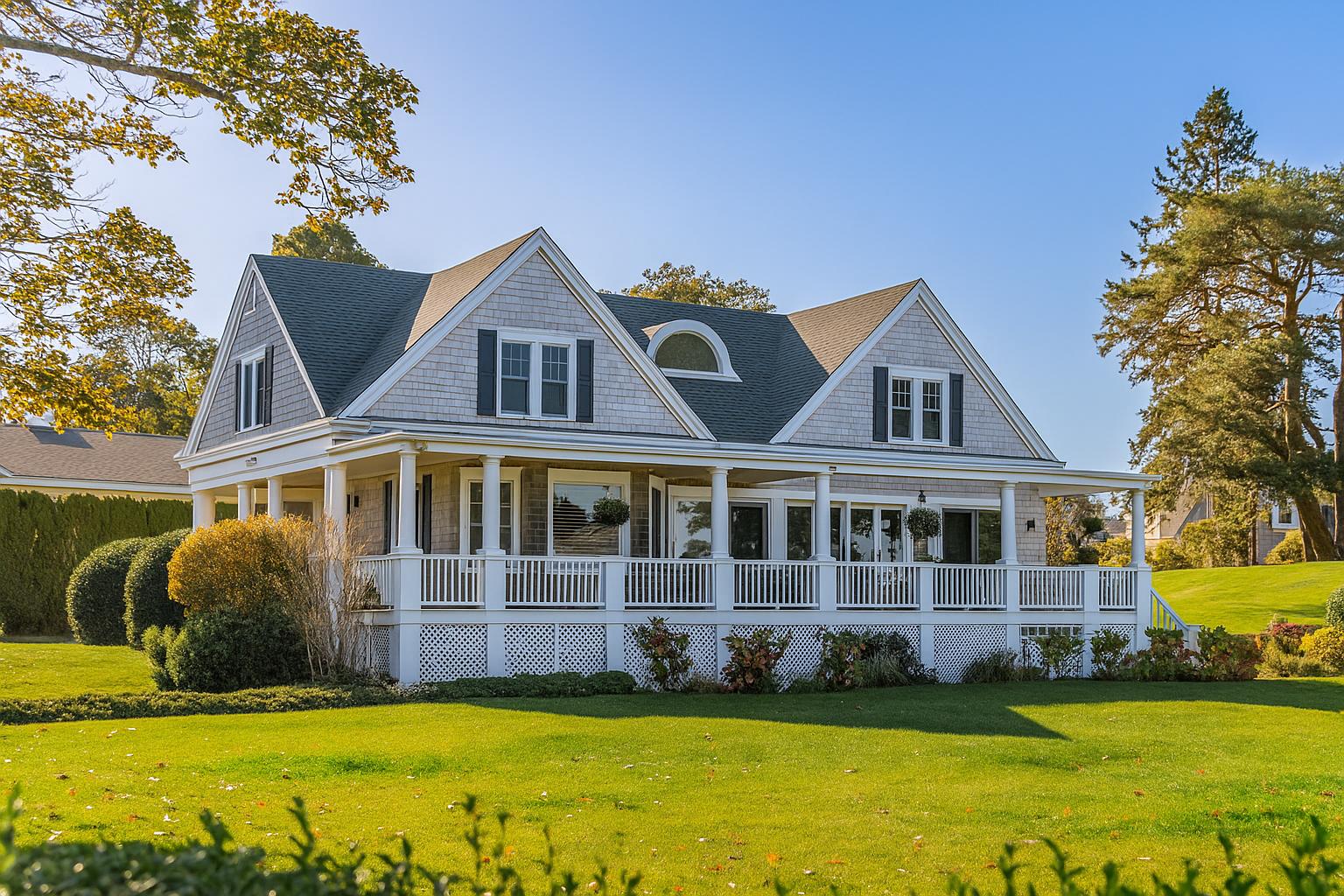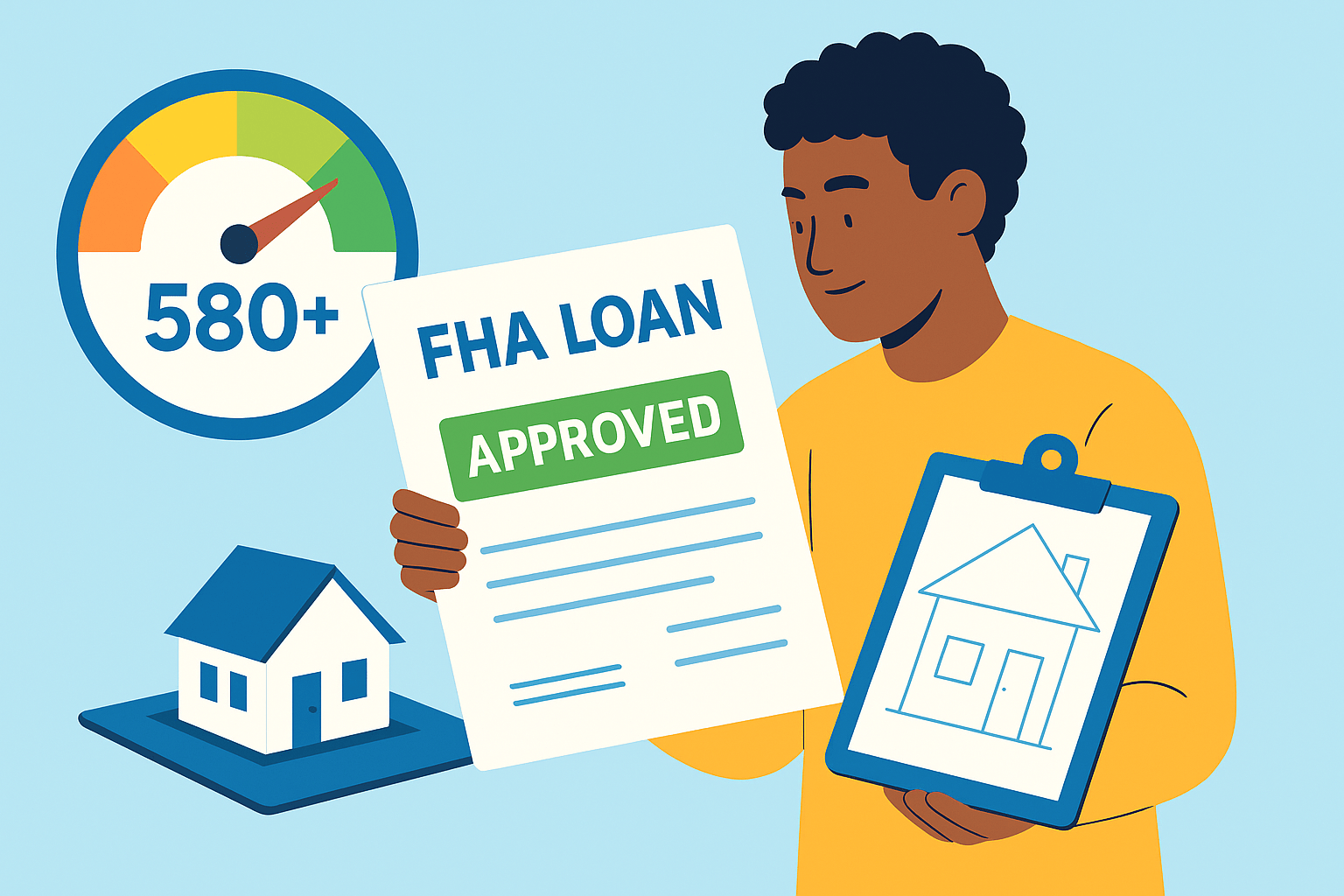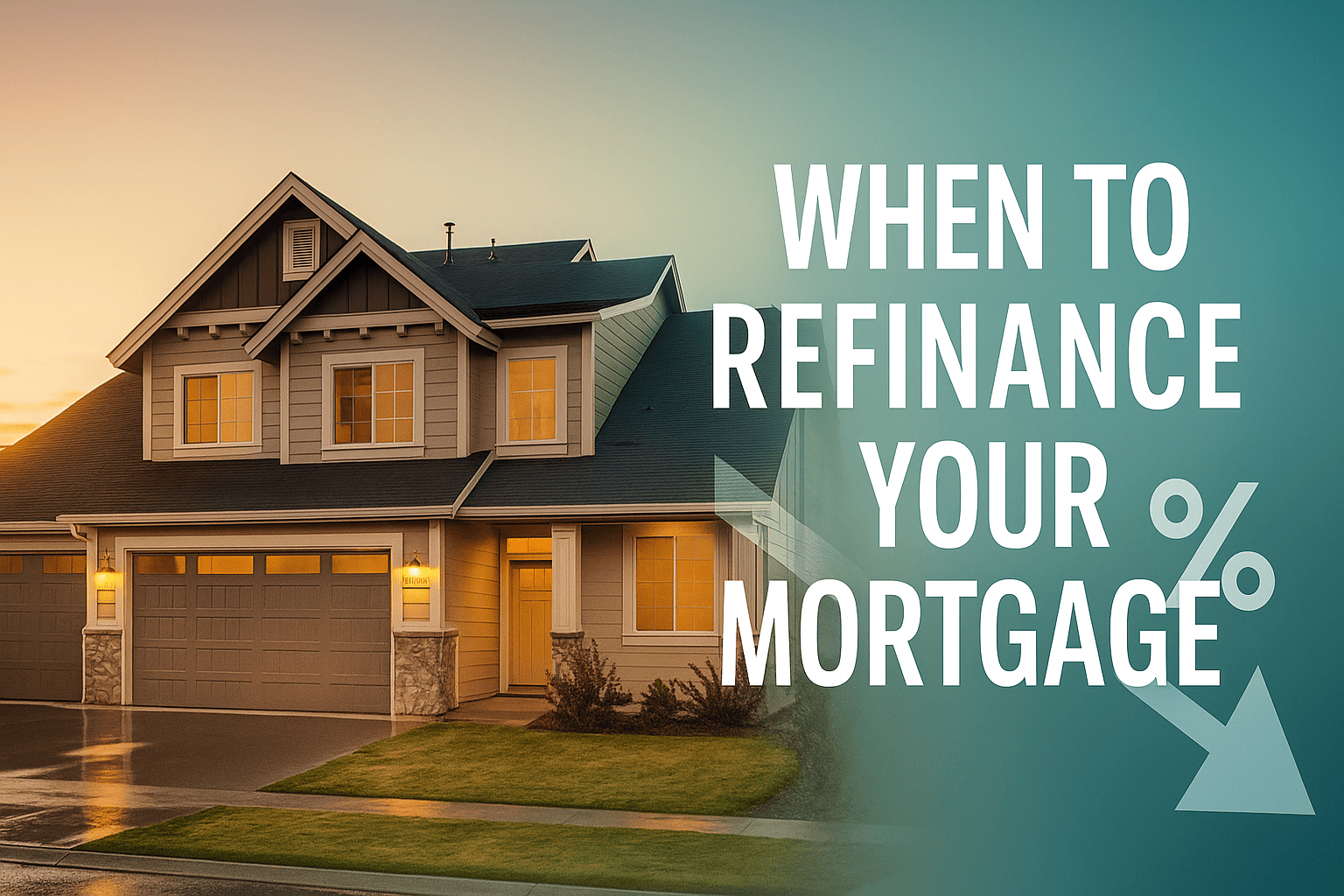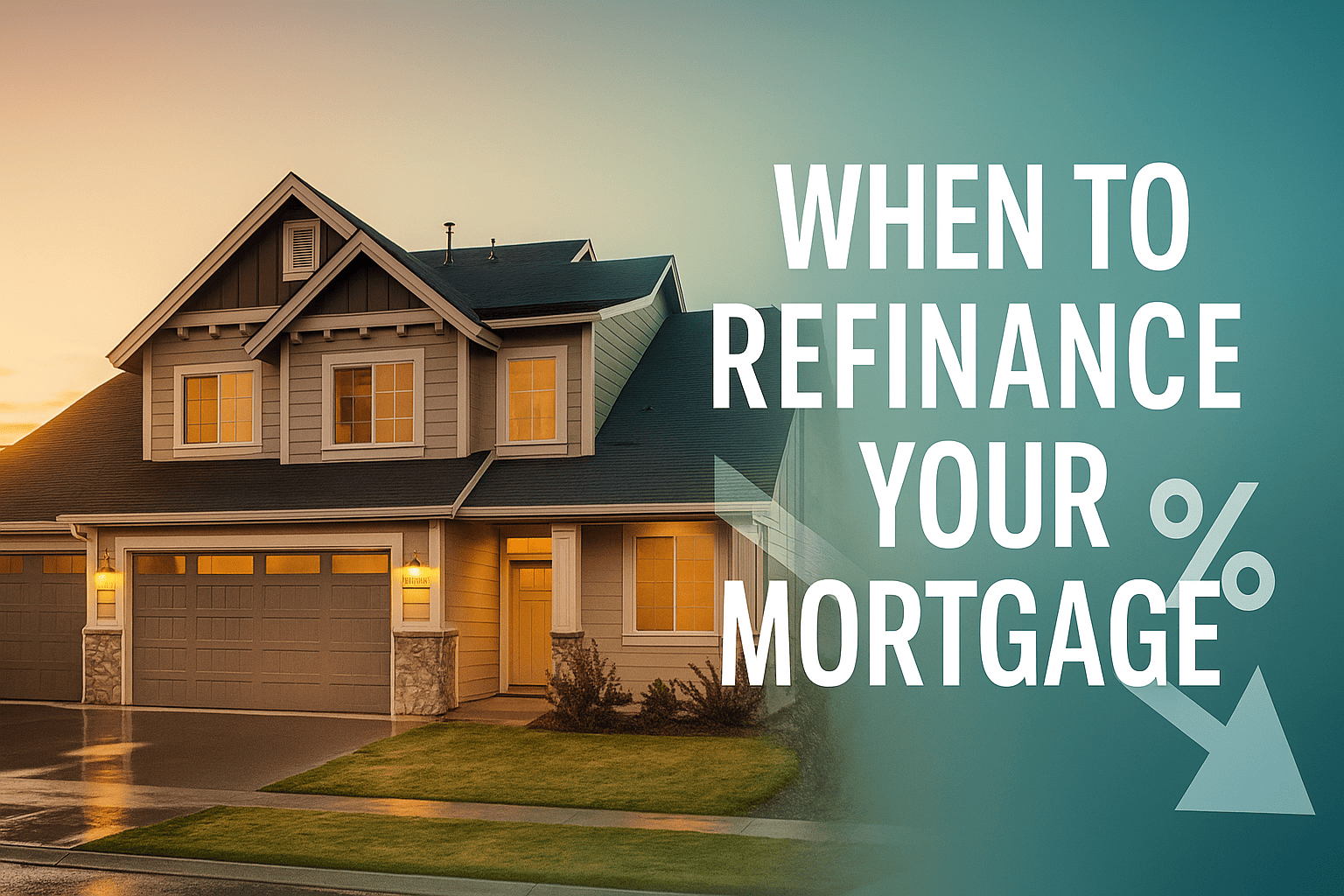Montgomery County Down Payment Assistance Program
Montgomery County Down Payment Assistance Program: A 2024 Guide for First-Time Homebuyers
Buying your first home in Maryland can feel like climbing Sugarloaf Mountain without ropes—exciting yet intimidating. The Montgomery County Down Payment Assistance Program helps shorten that climb by offering up to $10,000 toward your down payment. This in-depth guide unpacks how the program works, who qualifies, and how to secure funds before the best listings disappear.
Why Down Payment Assistance Matters in Montgomery County’s Hot Market
In 2023, the average Montgomery County sales price flirted with $600,000, according to county settlement records. Even with stellar credit, a 3 percent down payment can run $18,000—more than many renters have saved. Rising rates only tighten budgets. That’s where the county steps in. Its down payment assistance program (often shortened to Montgomery County DPA) injects a maximum of $10,000 into your purchase, narrowing the affordability gap and unlocking loan programs with better terms.
Think of the assistance as a relay baton. You run the first lap—saving, reducing debt—then the program hands you the baton of extra cash just when the finish line comes into view.
At a Glance: Key Facts First-Time Buyers Need
- Benefit amount: Up to $10,000 (0 percent interest, deferred payment).
- Location: Any owner-occupied property in Montgomery County, Maryland.
- Income limits: Generally 80 percent of area median income (AMI); updated annually.
- Home price caps: Conforming loan limits—$1,089,300 for single-family in 2024.
- Education requirement: HUD-approved homebuyer class plus one-on-one counseling.
- Repayment: Due upon sale, refinance, or transfer; no monthly payment.
- Where to apply: Approved participating lenders or nonprofits; start at MontgomeryCountyMD.gov.
How Do I Qualify for the Montgomery County Down Payment Assistance Program?
Eligibility combines federal guidelines with county nuances. You must be a bona fide first-time buyer, defined as someone who hasn’t owned residential real estate in the past three years. Borrowers must:
- Demonstrate household income at or below published limits (for example, $100,320 for a one-person household in 2024—verify current numbers).
- Contribute at least 1 percent of the purchase price from your own funds—showing “skin in the game.”
- Complete an 8-hour HUD-approved class plus counseling from a partner agency such as Housing Initiative Partnership.
- Use an owner-occupied mortgage such as FHA, VA, USDA, or conventional conforming.
- Select a property that passes a basic habitability review; fixer-uppers may require additional inspections.
Pro tip: Lenders often treat the county’s assistance as a “silent second” loan. Because it carries no monthly payment, your debt-to-income ratio stays lower, improving mortgage approval odds.
Is the Assistance a Loan or a Grant?
The program issues a zero-percent deferred loan recorded as a second deed of trust. No interest accrues, and you make no monthly payments. Repayment occurs only when you sell, refinance out of the first mortgage, or stop occupying the property. If you remain in the home for 30 years, the note is forgiven—effectively transforming it into a grant. This hybrid model protects taxpayer dollars while rewarding long-term residency.
Can I Combine the Program With Other Incentives?
Absolutely. Many buyers layer the Montgomery County Down Payment Assistance Program with state-level aids such as Maryland Mortgage Program’s 1st Time Advantage 5000 or national tools like FHA’s 3.5 percent down option. Just be sure your main lender approves the stack and that combined assistance doesn’t exceed purchase price thresholds. Think of it as quilting funds together—each patch covers a different corner of your financial needs.
A Micro-Story: How One Teacher Bridged the Gap
Last spring, Jasmine M., a fifth-grade teacher earning $71,000, found a two-bedroom condo in Wheaton listed at $335,000. She had saved $9,000—impressive yet short of the nearly $17,000 needed for FHA’s required down payment plus closing costs. Her credit union introduced her to the county program. After completing an online homeownership course one rainy Saturday, she secured a $10,000 deferred loan. Jasmine closed within 45 days, and her total out-of-pocket dropped to $4,500. “Living where I teach now saves 40 minutes daily,” she told us—time she reinvests grading papers, not navigating I-270.
Step-by-Step Application Timeline
1. Take the Homebuyer Education Course (Week 1-2)
Schedule a HUD-approved class early—certificates last one year. Popular sessions fill fast.
2. Gather Financial Documents (Week 2)
Expect two months of bank statements, 30 days of paystubs, two years of W-2s, and any award letters. Keep scans ready; lenders love quick uploads.
3. Pre-Qualification With a Participating Lender (Week 2-3)
The lender uses standardized worksheets to calculate eligible assistance. Ask for a “pre-approval” letter referencing county funds.
4. House Shopping & Contract (Week 3-7)
Once under contract, your real-estate agent writes the county contingency into the agreement.
5. Submit the DPA Packet (Week 4-8)
Your lender forwards the full packet to the Department of Housing and Community Affairs (DHCA). Turnaround averages 10 business days.
6. Close & Record (Week 6-10)
At settlement the title company records the silent second. You receive keys, not invoices.
Little-Known Tip: Use “Gift Transfer” to Boost Your Buying Power
You may allocate family gift money toward the 1 percent minimum borrower contribution while still qualifying for the program. By contrast, some counties exclude gift funds entirely. Montgomery’s flexibility can shave months off your savings timeline.
Common Misconceptions Debunked
- Myth: Assistance is only for low-income households.
Reality: The limit is 80 percent of AMI—middle-income earners often qualify. - Myth: The program slows closing.
Reality: With a prepared file, approvals often align with standard 45-day contracts. - Myth: Condos never pass county review.
Reality: As long as the condo association meets FHA or conventional lending rules, it’s usually acceptable.
People Also Ask (PAA)
What credit score do I need for the Montgomery County Down Payment Assistance Program?
Since the county piggybacks on your first mortgage, the score requirement mirrors your main loan—often 620 for FHA and 640-660 for conventional. A higher score can unlock better rates, but the county itself sets no separate minimum.
How long does approval take?
From application submission to DHCA sign-off, expect roughly two weeks. Delays arise when documents are incomplete, so triple-check your packet before your lender sends it.
FAQ
- Does Montgomery County offer grants for first-time homebuyers?
- Yes. While structured as a deferred loan, the county forgives it after 30 years, making it grant-like if you stay put.
- Can I use the program for new construction?
- Yes, as long as the property meets occupancy and price guidelines at the time of closing.
- Is there post-purchase counseling?
- DHCA offers free budget check-ins during your first year, but they’re optional.
- What happens if I refinance?
- The assistance must be repaid or subordinated. Many homeowners ask DHCA for subordination so they can keep the loan intact.
Ready to Turn Keys in Montgomery County?
If you’re tired of rent hikes and crave a place to paint walls flamingo pink without landlord permission, the Montgomery County Down Payment Assistance Program could be your launchpad. Our team at KeyNest Realty specializes in pairing first-time buyers with local incentives, guiding you from class registration to closing celebration.
Let’s unlock your new address—email us now or call 240-555-HOME for a free 15-minute strategy session.
Article sources: Montgomery County DHCA program guidelines (accessed April 2024), Federal Housing Finance Agency loan limit data. Figures subject to change; verify before making decisions.
Explore More Blog Posts
Checkout more similar posts those will help you to choose better property.












 Profile
Profile Password
Password Saved Properties
Saved Properties Sign Out
Sign Out
 +0.01
+0.01
 -0.15
-0.15

